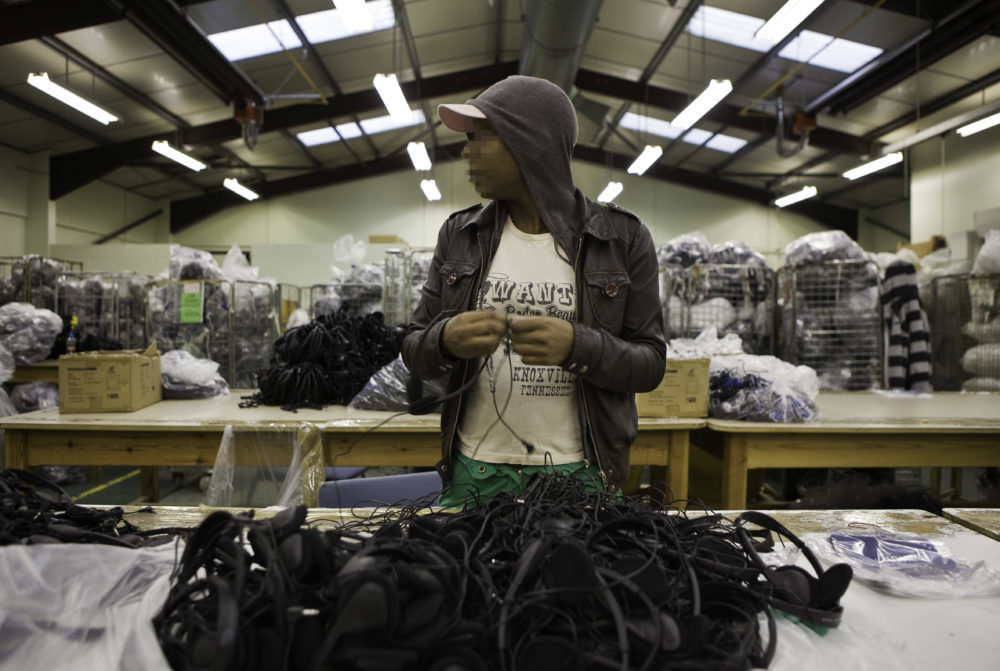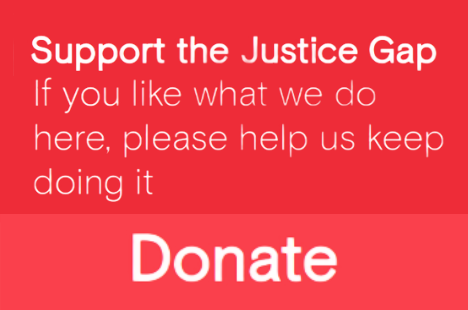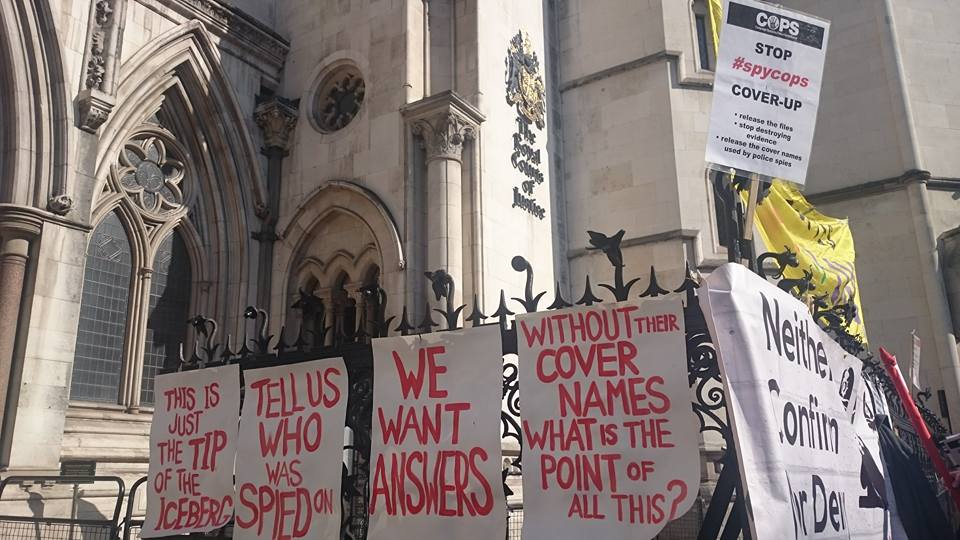
Airline headphone sorting at HMP Downview. Pic: Andrew Aitchison
‘It was me against them… I didn’t trust anyone,’ says Suleman, an Asian Muslim man, summing up his experience of Crown Court. ‘I didn’t see anyone with a common background… judges and magistrates, they were the last people I trusted – elderly, white English people and that’s not what I see in society outside.’
Another young British black man gave a similar verdict having been through the courts, ‘The last time I saw a black judge, I was watching The Fresh Prince of Bel-Air,’ he says, referring to the 1990’s cult American TV sitcom.
It’s us against them. That’s the perception that many Black, Asian and Minority ethnic (BAME) citizens have of our justice system. While the British judicial system has a reputation as one of the fairest in the world, many of our citizens of colour do not feel our justice institutions understand them, nor do they trust them.
In a recent survey, 51% of British-born BAME people said they believed that the criminal justice system discriminates against particular groups and individuals, compared to only 35% of British-born white people. David Lammy MP, who is currently leading a government review of race and the criminal justice system, has described this as the ‘trust deficit’.
Trust in the fairness of our courts is key to the legitimacy of the criminal justice system, so why is there such a trust deficit? At its root are striking racial disparities. Compared to white individuals, BAME people are twice as likely to be stopped and searched by the police and more likely to be arrested. When going to court, the figures show a defendant from a BAME background is more likely to be remanded into prison before trial. And then more likely on conviction to be handed a prison sentence by the Crown Court. This overall picture hardly inspires confidence. More stop and searches; more arrests, many of which result in no further action; more prison time on remand and longer custodial sentences if found guilty. Little wonder that British-born BAME people’s trust in the justice system is comparatively low.
Little wonder too that this lack of confidence fuels vital decisions in court. Defendants from a Black or minority ethnic background more frequently plead not-guilty to charges in the Crown Court than white defendants. Their experiences and perceptions perpetuates a vicious cycle of mistrust. Of course there may be all sorts of good reasons for this plea. But under current sentencing practice, the risk every defendant who enters a not-guilty plea and goes to jury trial is that, if convicted, they receive a longer prison sentence. A tangible consequence of poor perceptions of fairness. One which the Lammy review is keen to address.
And there is an opportunity to end the ‘them and us’ perception, to enhance legitimacy of the courts for everyone. In our new report, we looked at how other countries have attempted to tackle racial disparity through positive action by the courts. For example, in New Zealand, there have been significant attempts to deploy restorative justice at court, especially for the Maori population. These programmes typically involve an offender participating in a meeting with members of a community panel, often including Maori elders and the victim. An evaluation found that this can reduce re-offending.
Over the Atlantic in the USA, we found a great deal of work being been done to improve all defendants’ perceptions of the fairness of the court process—an idea known as procedural fairness. Often, improving procedural fairness in court can boil down to simple things. For example, judges and court staff are trained in using simple, plain English, making eye contact, and avoid multitasking (such as looking down at a mobile phone) while speaking to defendants. There is now promising evidence that these strategies can improve the court experience for all defendants, especially those who otherwise have low levels of trust in criminal justice institutions, often people from marginalised ethnic minorities.
Lastly, we have looked at attempts to connect the justice system with communities, For example, the Aboriginal (Koori) courts in Australia. These invite greater participation by the Koori community in the whole court process. Koori elders, Koori court officers and Koori defendants and their families all contribute to the court hearing. There is evidence that Koori courts increase defendant appearance rates and can reduce reoffending. Or look at the Red Hook Community Justice Centre in New York City. There, the court invests in cultivating close ties between the court and the local community. Work crews of offenders (similar to offenders on community payback here) do work in the nearby park to reclaim it for residents’ benefit from drug dealers.
Our new Building Trust report seeks to provide useful building blocks for the wider Lammy review on tackling racial disparity in the criminal justice system. It provides promising evidence that we can improve trust and legitimacy in courts while reducing re-offending. We can make the court process feel fairer for everyone. It is essential that the current government programme of modernisation – online and virtual courts – must prize perceptions of fairness as a measure of their success. Second, our courts must be properly rooted in their communities, for instance, through the adoption of pop-up court hearings in civic buildings such as libraries.
These kind of practical steps are no silver bullet. But they go some way towards casting off the ‘them and us’ image many defendants, especially those from Black and minority ethnic backgrounds, feel and thereby guarantee everyone a fair hearing.







